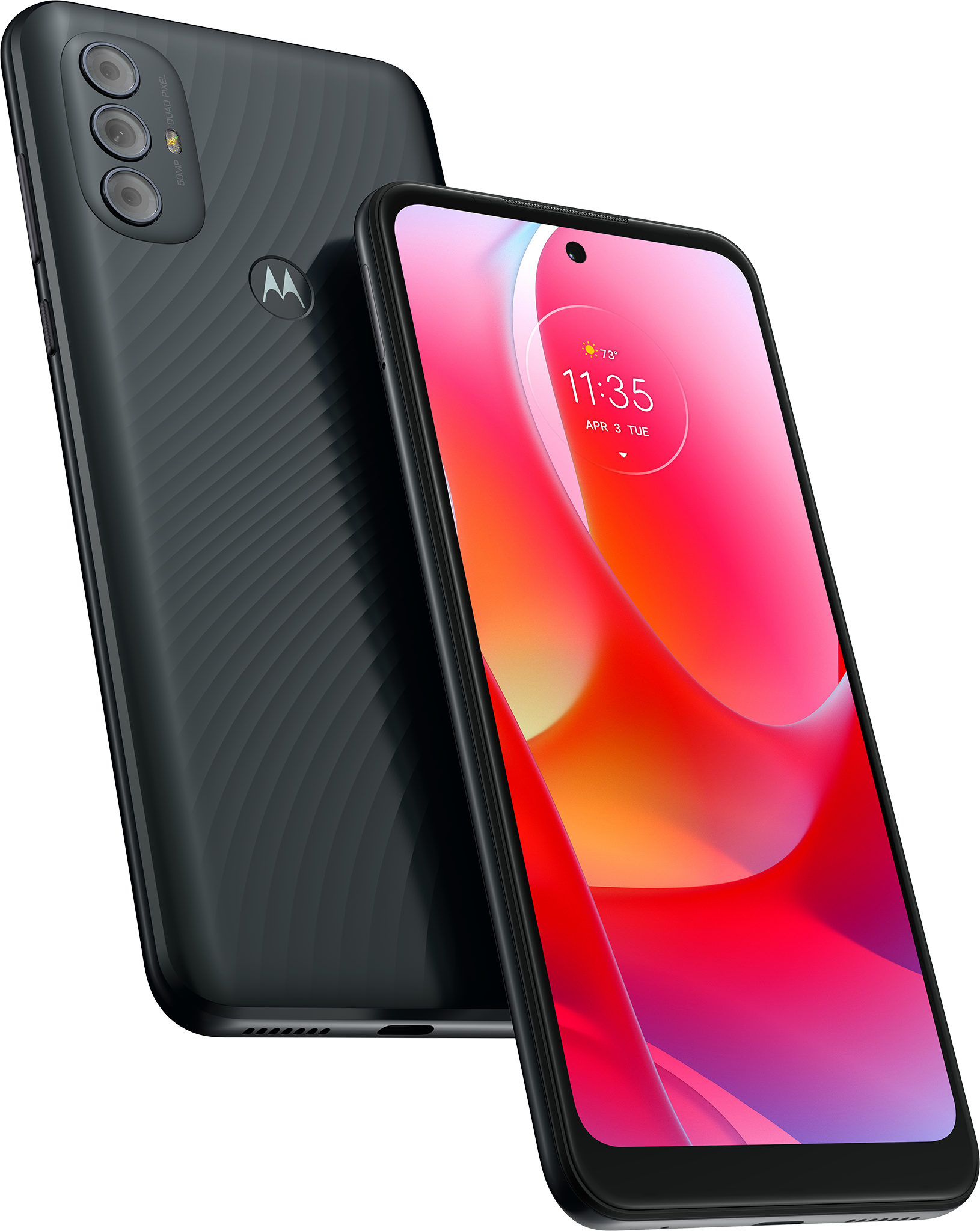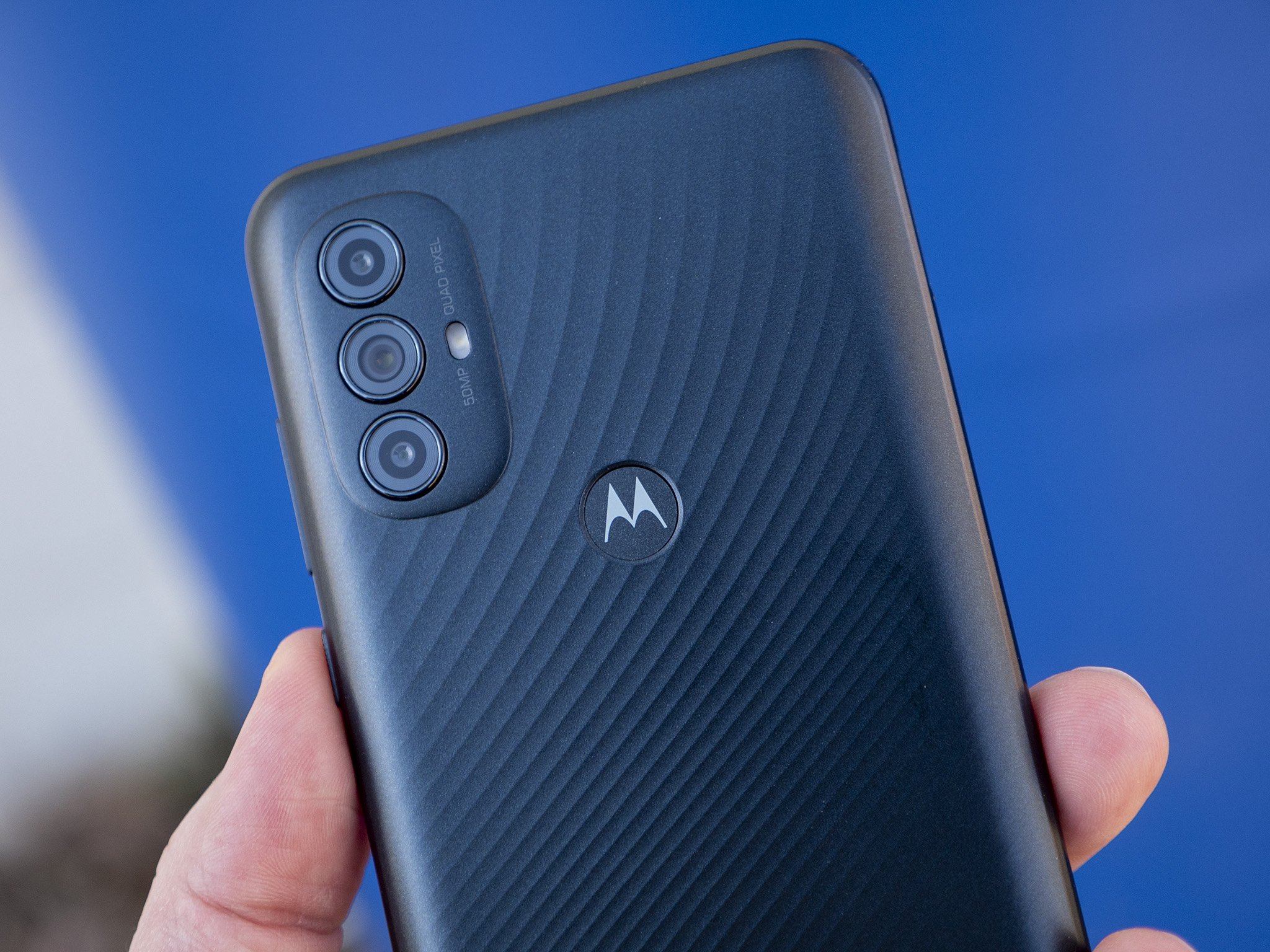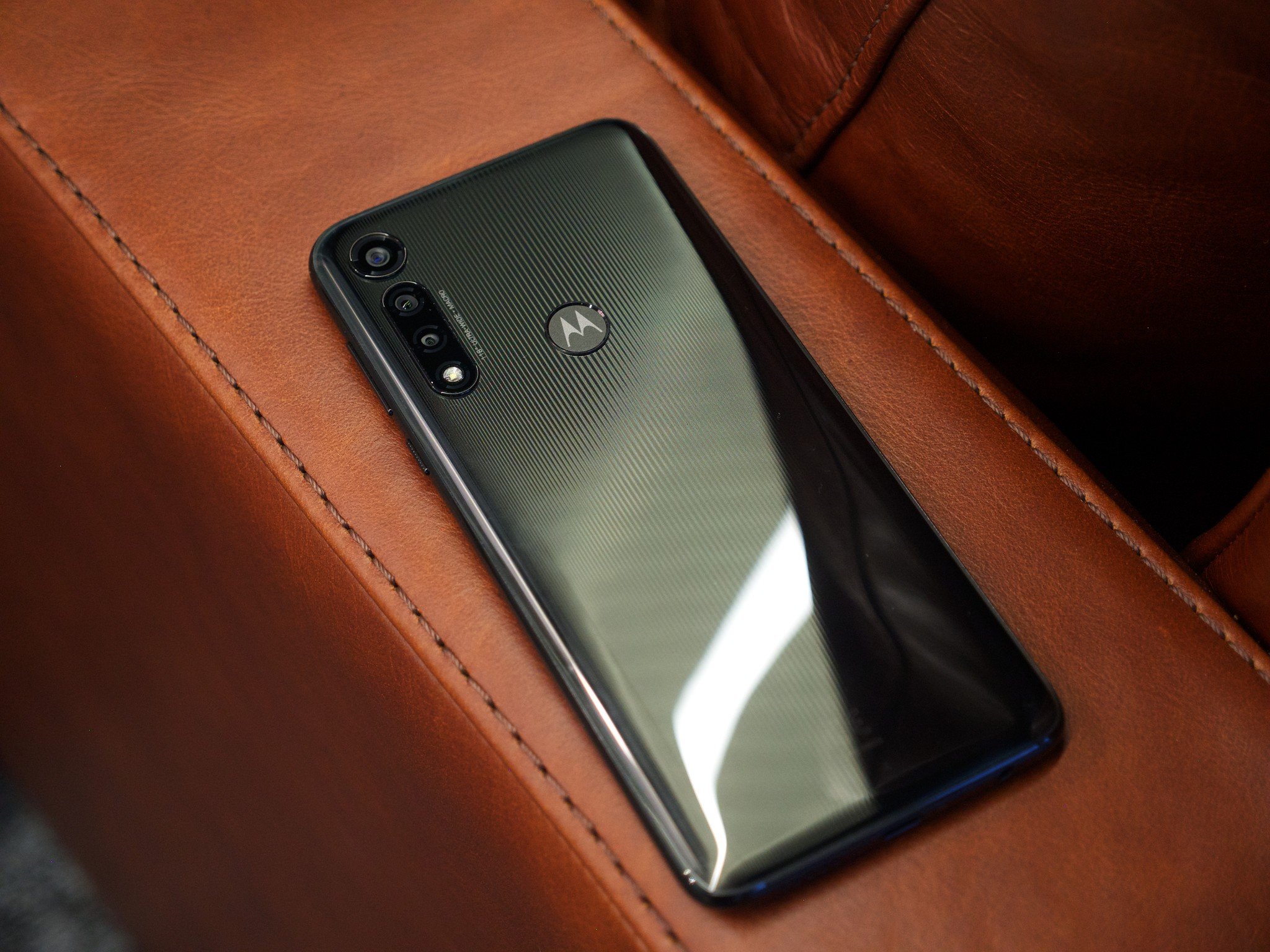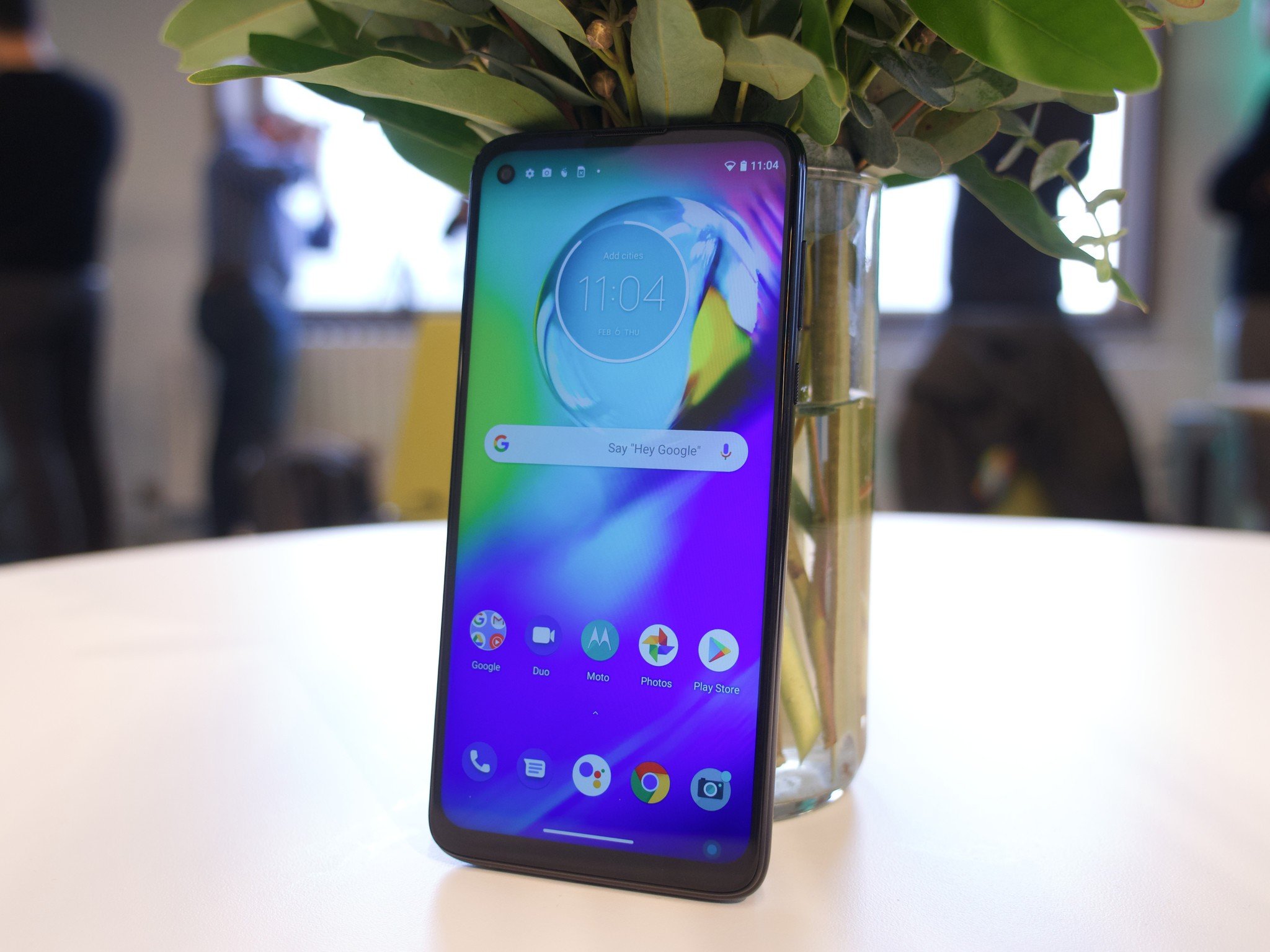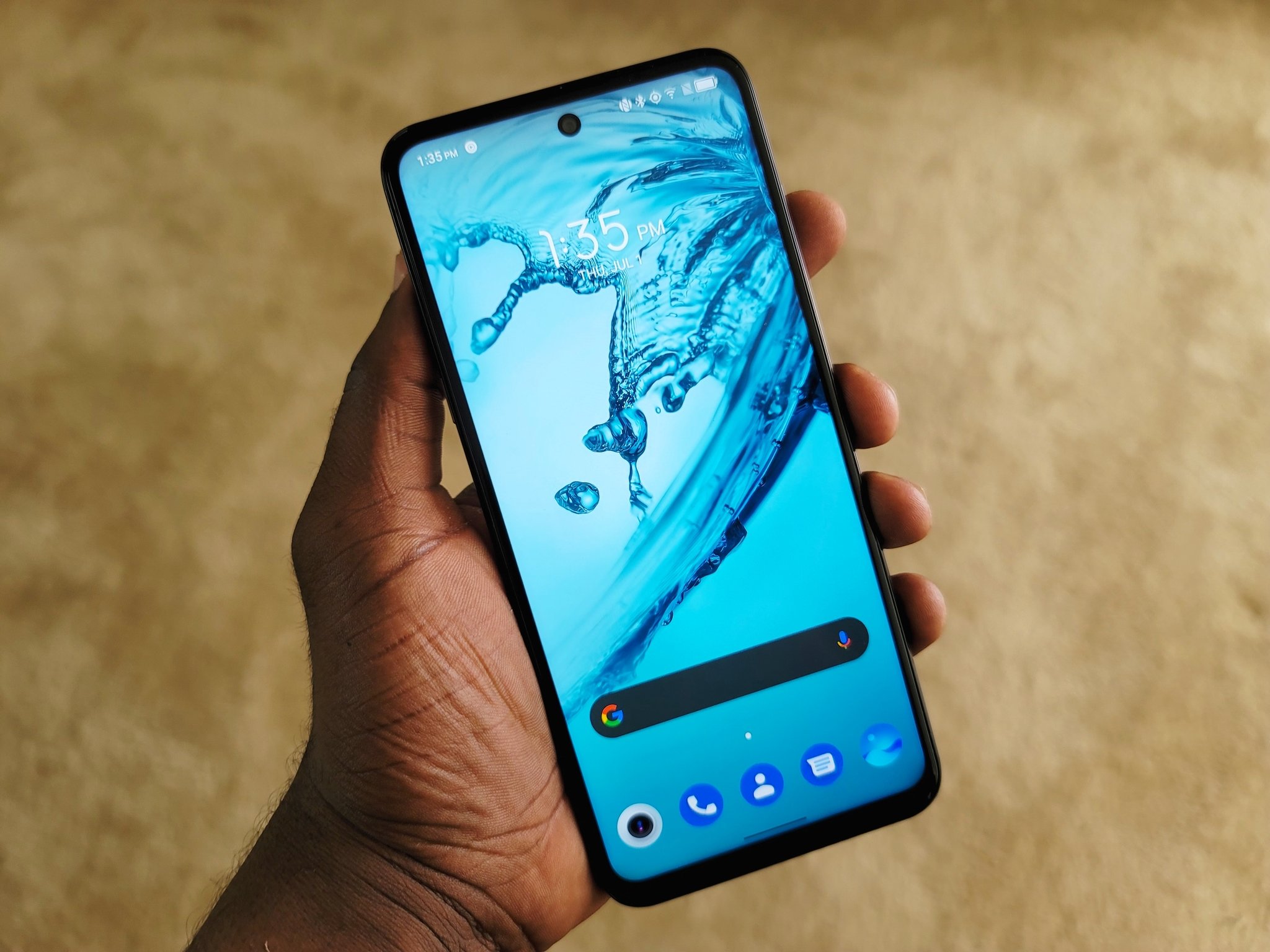Lacking power
Moto G Power (2022)
Pros
- Fantastic battery life
- Low price
- Expandable storage
- 50MP camera is a great upgrade
Cons
- The display is just bad
- Performance is slower than it should be
- Big battery handcuffed by slow charging
- Software updates
Motorola is taking major steps in the wrong direction with the G Power (2022). The phone's display is subpar, to say the least, which might help to explain why battery life is so good. On the bright side, the 50MP main camera does perform better than you might expect.
Good ol' days
Moto G Power (2020)
Pros
- More versatile camera system
- Higher-resolution display
- Storage can be expanded with a microSD card
- Solid performance
Cons
- Two years old
- No NFC
- Frustratingly slow charging speeds
- Software updates
Ignoring the fact that the G Power is more than two years old, there are plenty of reasons why you won't want to upgrade. The original G Power offers a more versatile camera system, a higher-resolution display, and performance that still keeps up.
Motorola really nailed it when the Moto G Power (2020) was released, offering all-day battery life, a solid display, and a versatile camera system. Since then, Motorola has struggled to replicate the success but is trying again with the Moto G Power (2022). Let's see how these two Power phones stack up.
Moto G Power (2022) vs. G Power (2020): Spec breakdown
When you compare these two phones, there are actually quite a few similarities between them. They both offer 4GB of RAM and 64GB of expandable storage, along with triple-camera setups and a massive 5,000mAh battery. Plus, if you were to put them next to each other the differences in design are minor, aside from the larger display on the newer model.
But the proof is in the pudding, as they say, and there are more than a few reasons why the 2022 version would be considered a downgrade. For one, Motorola's original G Power offers a 6.4-inch 1080p display compared to the 720p display on the 2022 model. Sure, the newer version has a 90Hz refresh rate, but it's not very noticeable so we aren't exactly sure why Motorola included it.
Then there's the whole debate about processing power and performance, and Motorola's decision to use the MediaTek Helo G37 isn't a great one. In our Moto G Power (2022) review, we found that performing routine tasks like opening apps or snapping a photo was met with some type of delay. It's a frustrating experience, to say the least, and one that will definitely help teach you some patience.
| Moto G Power (2022) | Moto G Power (2020) | |
|---|---|---|
| Chipset | MediaTek Helio G37 | Snapdragon 665 |
| Memory | 4GB | 4GB |
| Storage | 64GB or 128GB | 64GB |
| Dimensions | 167.2 x 76.5 x 9.4mm | 159.9 x 75.8 x 9.6mm |
| Display | 6.5-inch, 1600 x 720, IPS LCD, 90Hz | 6.4-inch 2300 x 1080, IPS LCD, 60Hz |
| Rear Camera |
50MP, ƒ/1.8, 0.65μm, PDAF (wide-angle) 2MP, ƒ/2.4 (depth) 2MP, f/2.4 (macro) |
16MP, ƒ/1.7, 1.12μm, PDAF (wide-angle) 8MP, ƒ/2.2, 1.12μm, 118˚ (ultrawide) 2MP, f/2.2 (macro) |
| Front Camera | 8.0MP, ƒ/2.0, 1.12μm | 16MP, f/2.0, 1.0µm (wide) |
| Battery |
5000mAh 10W Wired Charging |
5000mAh 10W wired charging |
| Security | Rear-mounted fingerprint sensor | Rear-mounted fingerprint sensor |
| Expandable Storage | Up to 512GB (microSD) | Up to 512GB (microSD) |
| Weight | 203g | 199g |
| Water and dust resistance | Water repellent design | Water repellent design |
As for the Moto G Power (2020), things are a bit different as the Qualcomm Snapdragon 665 shows that even a two-year-old phone can outperform one using a newer processor. It also shows that when it comes to the best phones under $300, Qualcomm-powered devices are still the most reliable.
One other area where both of these phones match up is in the battery department. The combination of using a 720p and 1080p screen pays dividends across the board with the built-in 5,000mAh battery. You're practically guaranteed to get at least a day and a half out of either option, but there's a big catch. Charging speeds are abysmally slow, maxing out at 10W of power. With batteries this big, 10W is just unacceptable but Motorola decided it needed to cut costs somewhere, and charging speeds was the feature that was picked.
Moto G Power (2022) vs. G Power (2020): Should you upgrade?
Considering that you can't find the Moto G Power (2020) in new condition anywhere, we would recommend looking elsewhere if you were considering the G Power (2022). The TCL 20S is just one option, as it uses the same chipset as the 2020 G Power, while also including other features such as a 1080p display and even NFC if you like using Google Pay.
And if you were hoping to get a new phone in 2022 with 5G enabled, you won't find that with the Moto G Power (2022). If that's a necessity, you might just be better off with something like the OnePlus Nord N200, which also offers a 90Hz refresh rate and a triple camera setup.
No matter what the case is, we really can't recommend anyone picking up the Moto G Power (2022) until Motorola figures out how to optimize the chipset. It's a real shame too, as the Moto G Power (2020) was launched with much fanfare and pretty much set the bar for phones under $300.
Frustrating experience
Moto G Power (2022)
Just avoid this one
$250 at Verizon Wireless $216 at Visible
The Moto G Power (2022) had some big shoes to fill, but it ended up falling flat and is just disappointing. Unless all you're looking for is long battery life, you're better off searching elsewhere.
Hang onto it
Moto G Power (2020)
Keep this for as long as possible, or look elsewhere
It's a shame that Motorola couldn't follow up on the Moto G Power (2020), as this phone was capable of handling pretty much anything that you needed. If you can find one and need a new phone, go ahead and pick one up. Otherwise, look outside of the Motorola ecosystem for a new phone.
Source: androidcentral
